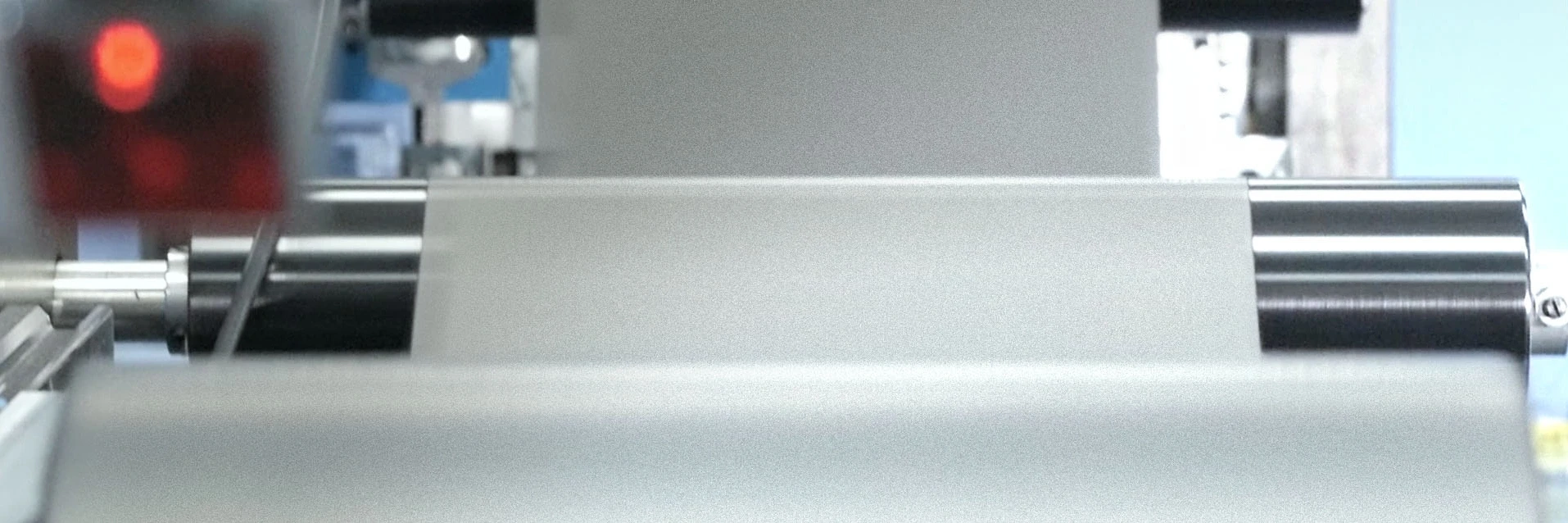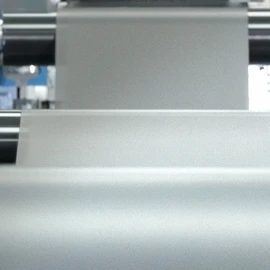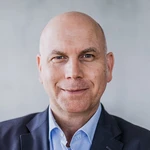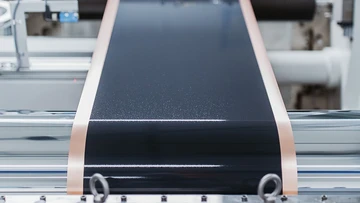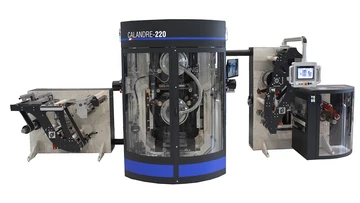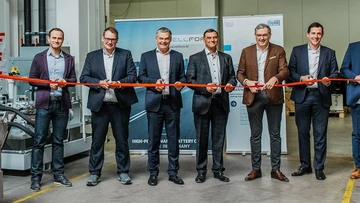In the production of electrodes, thin metal foils are coated with the cathode and anode material consisting of chemicals. Today, this is usually done using wet material and solvents. The plant that is to be built in Kirchentellinsfurt near Stuttgart, in contrast, will work with dry material. This will enable energy savings of up to 40% by eliminating the need for drying ovens. At the same time, production time will be reduced by around 20% and CO2 emissions will be decreased by around 1 ton per 10 kilowatt hours of electrode capacity produced.
Dr. Jochen Weyrauch, CEO of Dürr AG: “Dry coating has the potential to make battery production significantly more efficient and sustainable. Together with Cellforce and LiCAP, we see ourselves as an enabler for the new technology and its use on an industrial scale.”
Dr. Markus Gräf, COO, and Dr. Heino Sommer, CTO of Cellforce: “We are seeing remarkable progress made by LiCAP's Activated Dry Electrode® Technology in reducing internal resistance for high-performance cells, minimizing space requirements and significantly reducing CO2 emissions and manufacturing costs. We look forward to continuing to work with Durr and LiCAP to further develop this highly innovative technology to market as quickly as possible.”
The dry coating plant at Porsche subsidiary Cellforce is scheduled to go into operation in 2026. It is based on the patented Activated Dry Electrode® process of the Californian battery material specialist LiCAP, with whom Dürr has been cooperating since 2023. The pressing of the dry chemical powder onto the foils is done using the calendering technology of the French Dürr subsidiary Ingecal. Dürr has already built a similar test plant on a gigawatt scale in Chassieu in the south of France.
